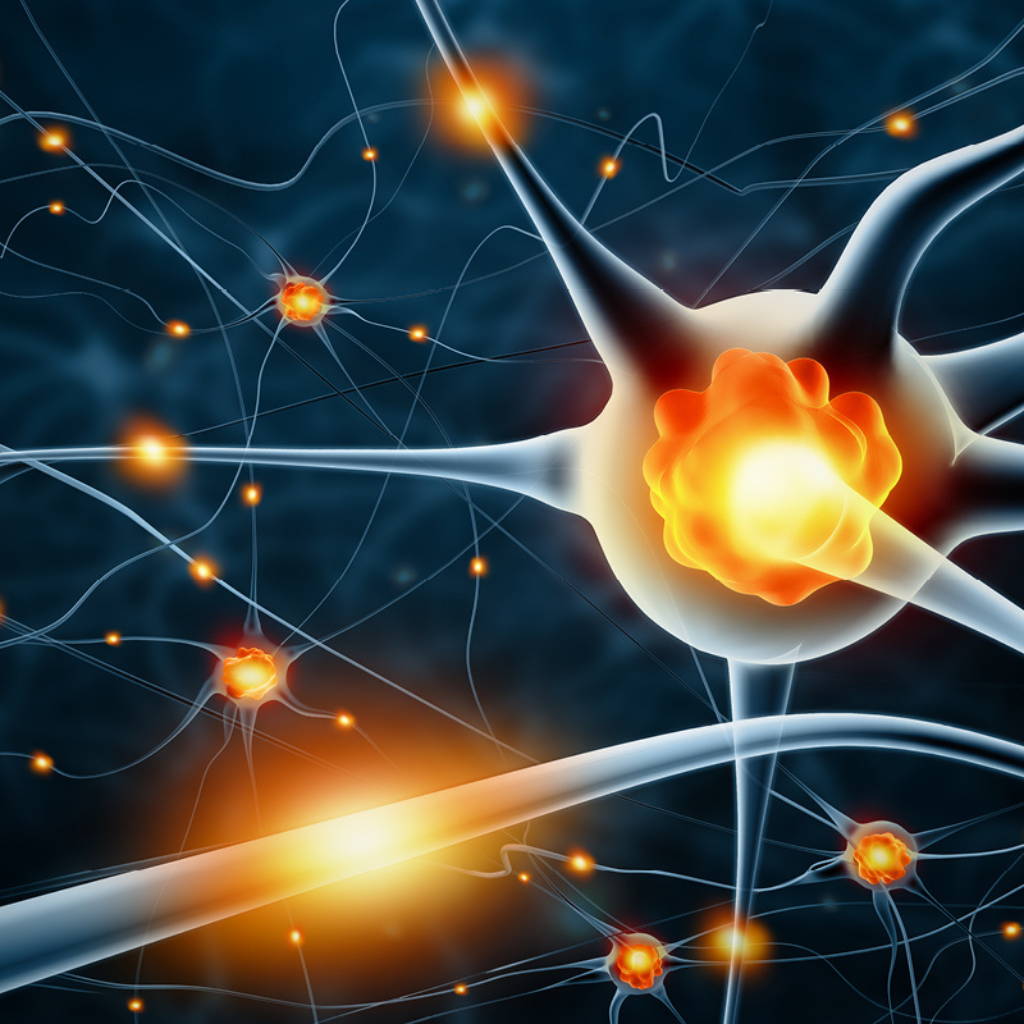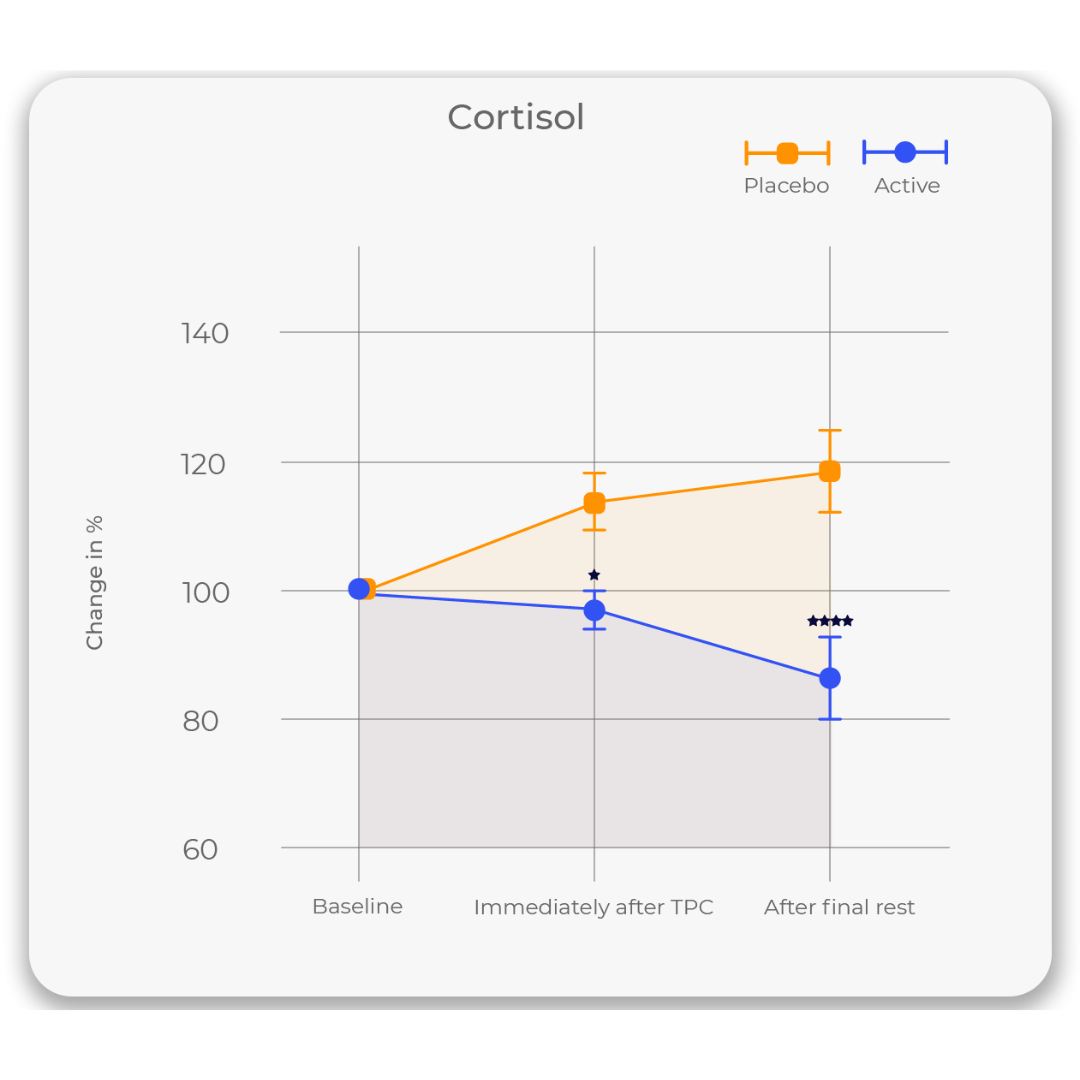HOME | ENCYCLOPEDIA OF USES | ANXIETY
ENCYCLOPEDIA OF USES
ANXIETY
When faced with a perceived threat or danger, it is a natural physiological reaction for the body to have a fight or flight response. In individuals with anxiety, this response can be triggered in situations that are not actually dangerous, leading to excessive fear and worry. Anxiety may result in constant worry and fear, difficulty concentrating, disrupted sleep, physical symptoms like headaches and nausea, avoidance of situations that trigger anxiety, and a decreased quality of life. BLAST® is a supportive tool to restore the feeling of calm and retrain the way your body perceives non-dangerous scenarios causing anxiety.
How blast® works for anxiety
How to use BLAST® for ANXIETY
- TouchPoint
- Thodian

Before you start:
Learn the basics behind operating your TouchPoints. Learn how to pair your TouchPoints, what the different modes are and more with our online user guide.
When to use BLAST®:
On-the-Spot: Start as soon as anxiety starts
Preventative: If you can anticipate that you will be in a setting that may cause anxiety, begin using TouchPoints for 15-30 minutes prior
How to use BLAST®:
Where: Place TouchPoints on your wrists, pockets, in socks, or simply hold them.
Mode: Use the Medium/Yellow mode.
Timing: Leave TouchPoints on until the anxious thoughts and feelings are reduced or go away completely. You don't need to stop what you are doing- TouchPoints can work as you go about your day!

Before you start:
Learn the basics behind operating your Thodian. Download the app, learn how to pair your Thodian Tokens and more with our online user guide.
When to use BLAST®:
On-the-Spot: Use when the app notifies you of a stress event or when anxiety starts
Preventative: If you can anticipate that you will be in a setting that may cause anxiety, begin using TouchPoints for 15-30 minutes prior.
How to use BLAST®:
Session: Nervous mode
Recommended Placement: Clip to pant waist, belt, or pockets.
USER SPOTLIGHT
See what our customers are saying about BLAST®& anxiety
Leal-Junior, E. C., Casalechi, H. L., Machado, C. dos, Serin, A., Hageman, N. S., & Johnson, D. S. (2019). A triple-blind, placebo-controlled randomized trial of the effect of bilateral alternating somatosensory stimulation on reducing stress-related cortisol and anxiety during and after the Trier Social Stress Test. Journal of Biotechnology and Biomedical Science, 2(1), 22–30. https://doi.org/10.14302/issn.2576-6694.jbbs-19-2784



